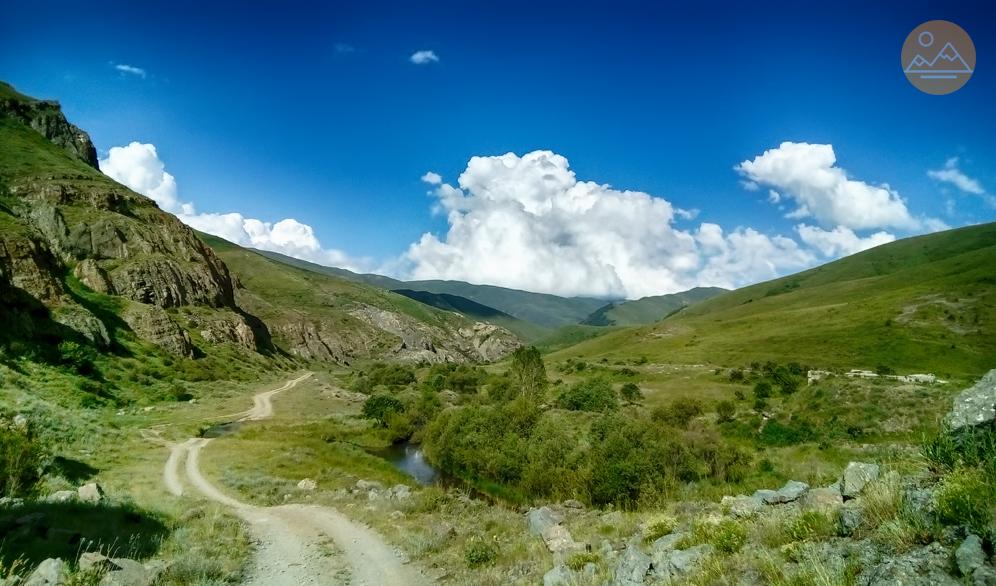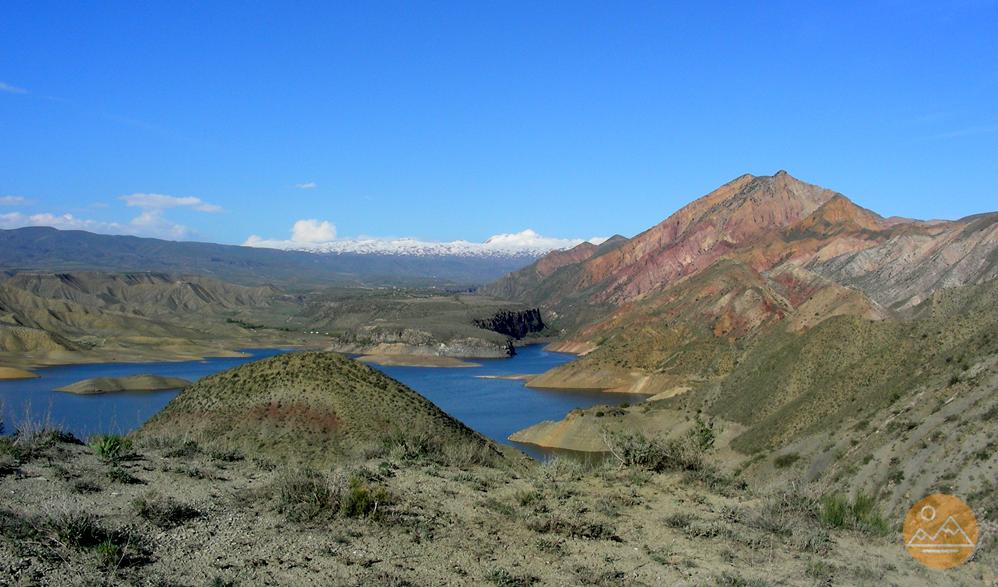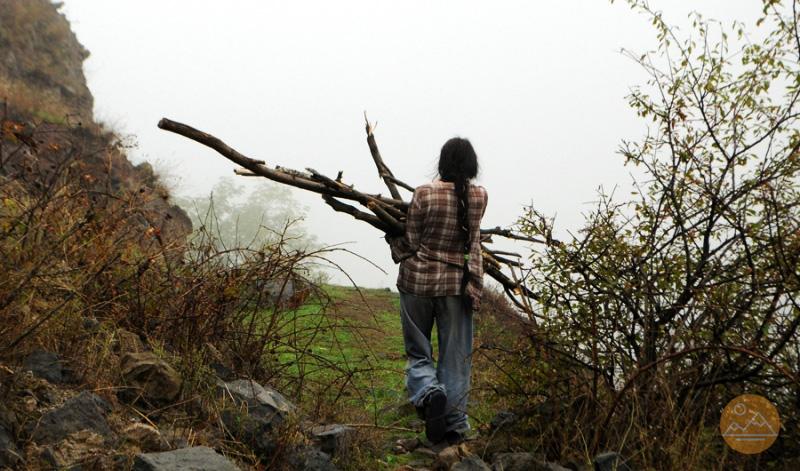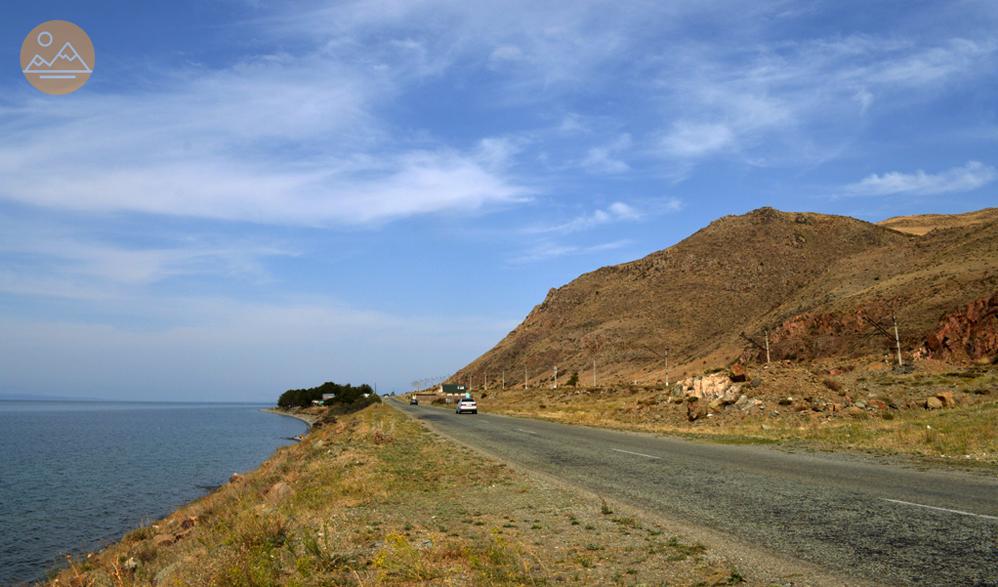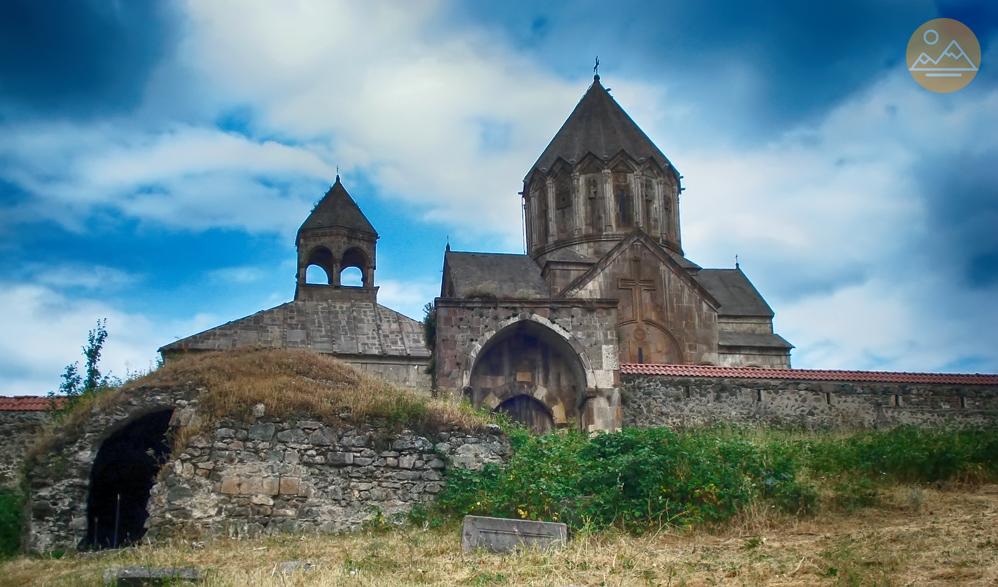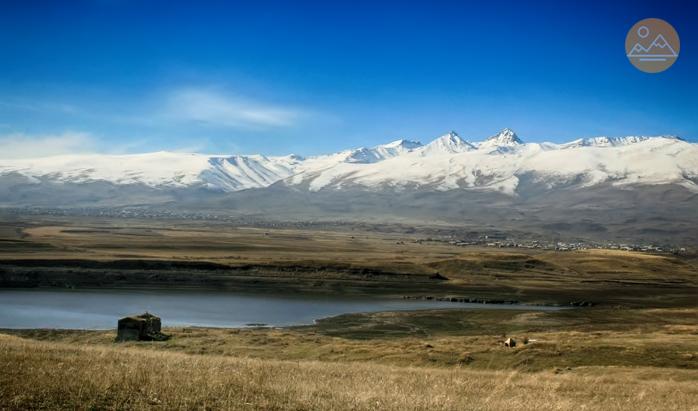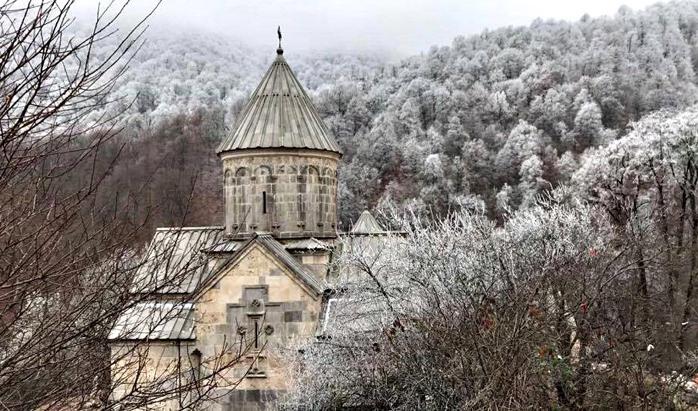-
 Karen Aghababyan
Karen Aghababyan
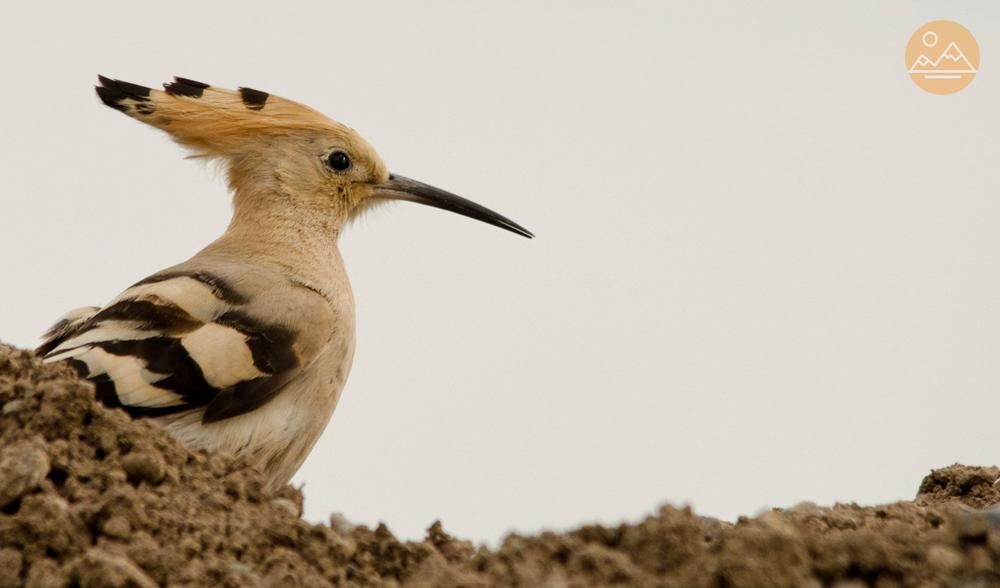
Armenian hoopoe / Photo: Arthur Grigoryan
Birdwatching in Armenia
Views - 1687
Armenia is a mountainous landlocked country located at the elevation of 375 to 4090 meters above sea level. Such wide elevation range secures various climatic conditions that support numerous types of habitats. Lower elevations are occupied by semi-deserts; with elevation increase they become replaced by juniper woodlands, deciduous forests, mountain steppes, subalpine meadows, and eventually by alpine carpets. In addition, numerous canyons, cliffs and screes supplement the landscapes with beautiful rocky scenes, riparian areas create oases in the middle of dry and hot semi-deserts, and various water bodies provide numerous reed-beds.
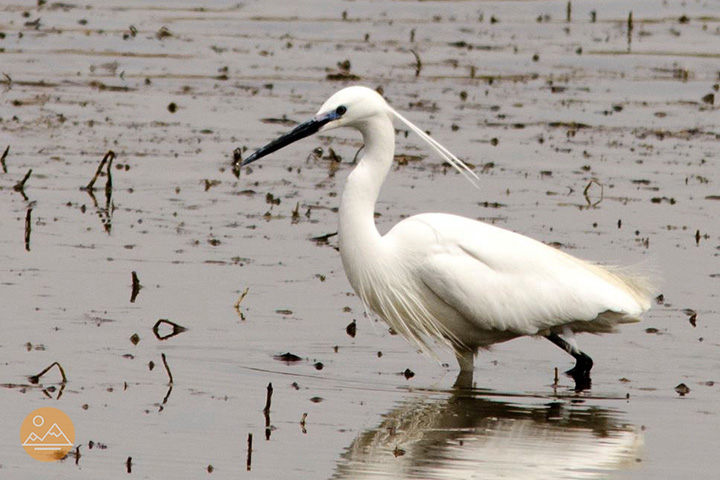
Ardea, Metsamor, Armenia / Photo: Arthur Grigoryan
Each type of habitat is a home to different specialized bird species. With the size that is comparable with Belgium, Armenia hosts 365 bird species, out of which more than 240 species are regular breeders. Thus, in semi-desert one can observe Persian and Finsch’s Wheatears, Short-toed Larks, Orphean and Upcher’s Warblers; juniper woodlands are inhabited by Black Vulture, Red -fronted Serine, and Sombre Tit; deciduous forests host Middle Spotted and Black Woodpeckers, Green Warbler, Red-breasted and Semi-collared Flycatchers; mountain steppes are home for Radde’s Accentor, Bluethroat, and Siberian Stonechat; in subalpine meadows it is possible to find Caucasian Black Grouse and Corn Crake; alpine zone provides habitat for Caspian Snowcock, Alpine Accentor, and White-winged Snowfinch. Rocks and cliffs provide habitat for various raptors to breed: thus, Lammergeyers, Egyptian Vultures, Peregrine Falcons, and Long-legged Buzzards can be observed here. In the riparian forests one can see Levant Sparrowhawk, Syrian Woodpecker, and Menetrie’s Warblers. Salty marches of Ararat Plain attract White-tailed Lapwing and Savii’s Warbler, while ponds provide home to White-headed Duck, Marbled Teal, and Ferruginous Pochard.
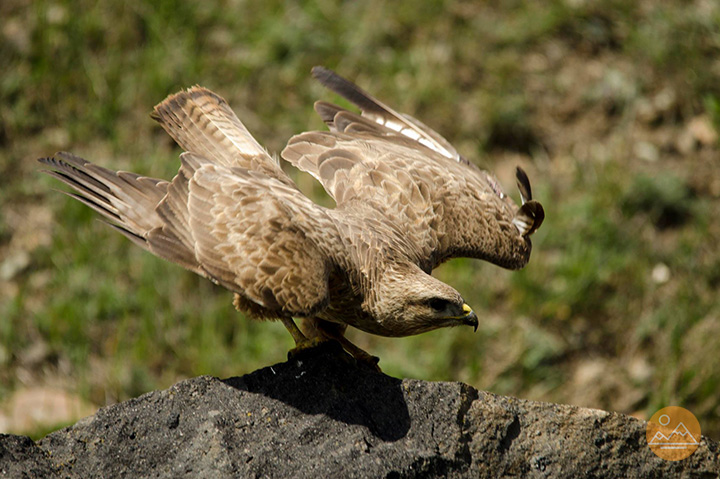
Ready to take off, Armenia / Photo: Arthur Grigoryan
The mentioned selection of species is far away from the complete species list of Armenia and thus, the country appears to be a true paradise for birdwatchers. Relatively small size of the country allows quick relocation from one interesting spot to another, therefore, in average one spends more than half of the time birding and less time for driving. The infrastructure in remote areas is well developed, and there is always possible to find a nice little hotel or a B&B.
The Caucasus' diversity is not only limited to the wildlife. Its culture has a long-lasting history, which reminds about itself by centuries-old churches, monasteries, and fortresses, nicely integrated in the natural landscapes, and also by unique and tasty cuisine, where home-made dishes take the majority.
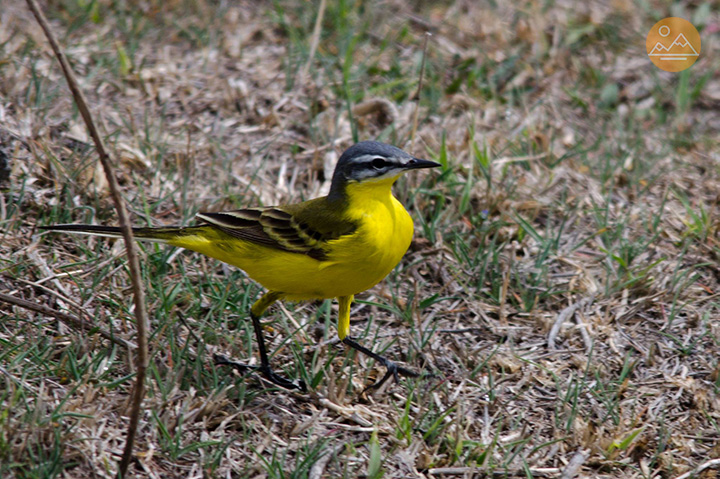
Western yellow wagtail, Armenia / Photo: Arthur Grigoryan
Birdwatching in Armenia is possible due to developed professional tour-leaders, and local guides. It is also an important part of nature conservation, since birdwatching generates income for rural communities, and therefore, increases responsible attitude of people towards birds and their habitats. In addition, birdwatching makes possible nation-wide data collection on birds, and, because birds are very sensitive indicators, such monitoring data are used for tracking changes in ecosystems and human influence on natural habitats. Collected data also contributes to the European Breeding Bird Atlas 2 and the first National Atlas – State of Breeding Birds of Armenia.
For more information about birdwatching in Armenia, check out the Armenian Bird Census Council website.
